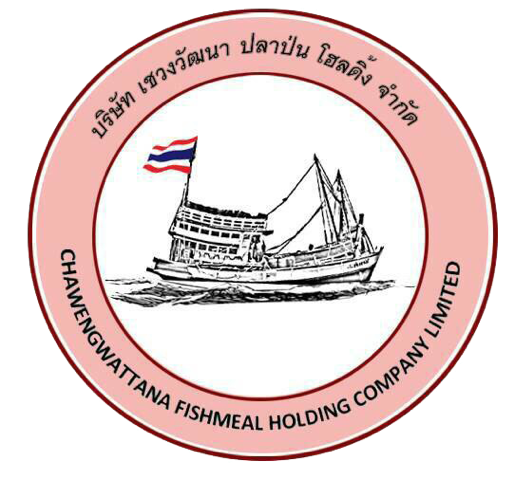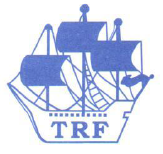Join Now | Free Trial | Login | Membership
The Chinese Ministry of Agriculture has activated an annual fishing ban along the Yangtze River, starting March 1.
The ban, which lasts until June 30, covers the spawning season for most of the river's aquatic life. It will include the entire river as well as key tributaries and lakes.
The ban also applies to the Huaihe River, which runs almost parallel between the Yangtze River and the Yellow River.
The ban has been extended by one month, from three months to four, in a bid to better protect fish resources, said Li Yanliang, director of the ministry's Fishery Inspection and Management Office.
"The extension marks a new phase for environmental protection along the river as the central government starts intensive efforts to protect the Yangtze," Li said.
The first ban on the lower reaches of the river was in 2002. In 2003, it was approved by the State Council and extended to the whole river basin.
The Yangtze is regarded as a cradle of China's freshwater fish species and a valuable reserve of aquatic biodiversity. However, excessive fishing has put some species on the brink of extinction.
Last week, China vowed to improve the water quality of the Yangtze as part of wider measures to balance economic activity and environmental protection.
In the years leading up to 2020, China will work to ensure that more than 75 percent of the water in the Yangtze economic belt, covering 11 provinces and municipalities, meets at least the Grade III standard, according to the National Development and Reform Commission (NDRC), the top economic planning agency.
China classifies water quality into six levels, ranging from level I, which is suitable for drinking after minimal treatment, to level VI, which is severely contaminated.
The NDRC said China aims to bring more than 97 percent of water from sources along the Yangtze belt up to Grade III before 2020The Chinese Ministry of Agriculture has activated an annual fishing ban along the Yangtze River, starting March 1.
The ban, which lasts until June 30, covers the spawning season for most of the river's aquatic life. It will include the entire river as well as key tributaries and lakes.
The ban also applies to the Huaihe River, which runs almost parallel between the Yangtze River and the Yellow River.
The ban has been extended by one month, from three months to four, in a bid to better protect fish resources, said Li Yanliang, director of the ministry's Fishery Inspection and Management Office.
"The extension marks a new phase for environmental protection along the river as the central government starts intensive efforts to protect the Yangtze," Li said.
The first ban on the lower reaches of the river was in 2002. In 2003, it was approved by the State Council and extended to the whole river basin.
The Yangtze is regarded as a cradle of China's freshwater fish species and a valuable reserve of aquatic biodiversity. However, excessive fishing has put some species on the brink of extinction.
Last week, China vowed to improve the water quality of the Yangtze as part of wider measures to balance economic activity and environmental protection.
In the years leading up to 2020, China will work to ensure that more than 75 percent of the water in the Yangtze economic belt, covering 11 provinces and municipalities, meets at least the Grade III standard, according to the National Development and Reform Commission (NDRC), the top economic planning agency.
China classifies water quality into six levels, ranging from level I, which is suitable for drinking after minimal treatment, to level VI, which is severely contaminated.
The NDRC said China aims to bring more than 97 percent of water from sources along the Yangtze belt up to Grade III before 2020
Back to listing



























